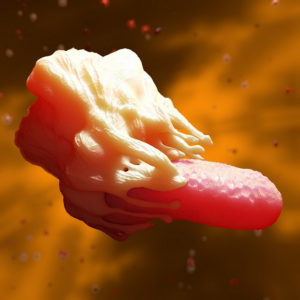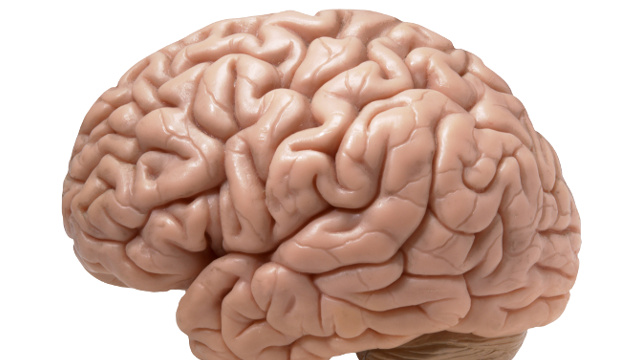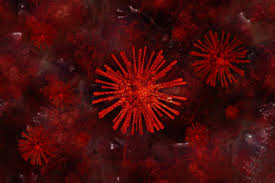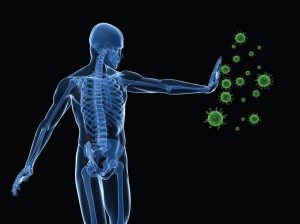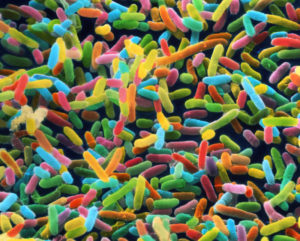Brain organoids, small pieces of the human cerebral cortex grown in the lab, are becoming valuable scientific tools. By modeling the growth of brain cells and structures, these “brains-in-a-dish,” which are self-organizing tissues generated from skin or blood cells that are reprogrammed into stem cells, can allow scientists to examine early development and the processes underlying neurodevelopmental diseases.
Despite their potential, organoids still have some critical limitations. In a study presented this week at the Society for Neuroscience meeting in Chicago, Arnold Kriegstein, a stem cell biologist at the University of California, San Francisco, and his team demonstrate that human brain organoids don’t accurately recapitulate all aspects of development. After comparing cells from organoids to those from normally developing tissue, his team reports that organoids have altered gene expression patterns and lack the cellular diversity in found in the human brain.
The Scientist spoke to Kriegstein about the study and its implications.
The Scientist: Why did you decide to conduct this study?
Arnold Kriegstein: We had been working with organoids for a number of years. We’ve used them to model neurodevelopmental disorders and found that to be very useful. In parallel, we’ve been doing a cell census of the developing human brain—doing single-cell RNA sequencing and capturing the full diversity of cell types at key stages during human brain development. That gave us a roadmap against which we could actually benchmark our organoids and see if they were really being faithful to their in vivo counterparts.
We knew that morphologically, some subtypes of cells in the organoids didn’t fully resemble their normal counterparts, but we wanted a deeper dive into just how similar or different they were. In addition, people have made the claim that some of the organoid cell types—even though they don’t distribute, migrate, or layer quite the way they normally do [in vivo]—represent accurate models of their counterparts……
